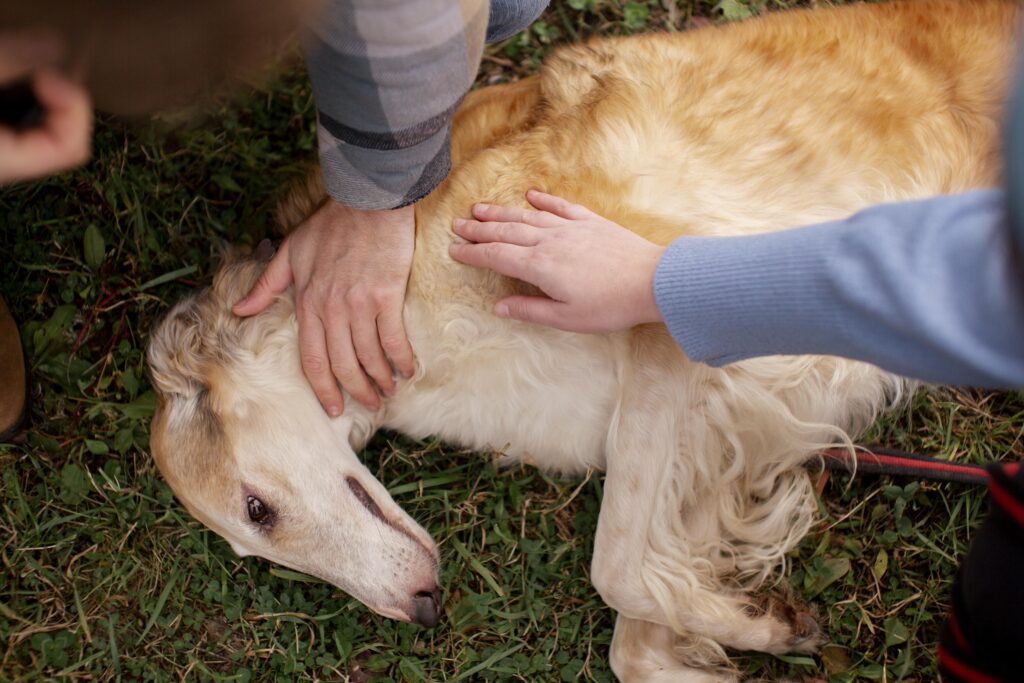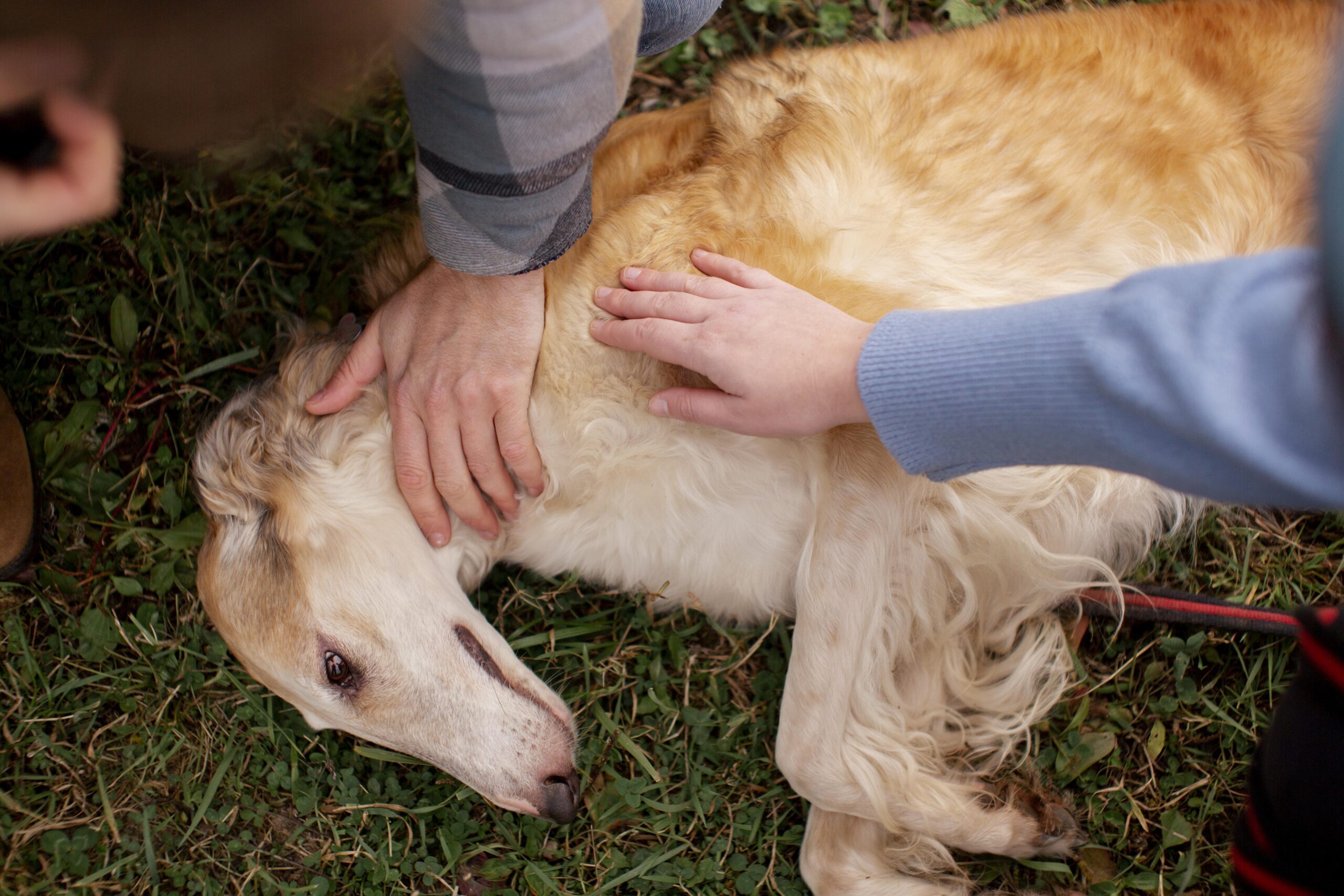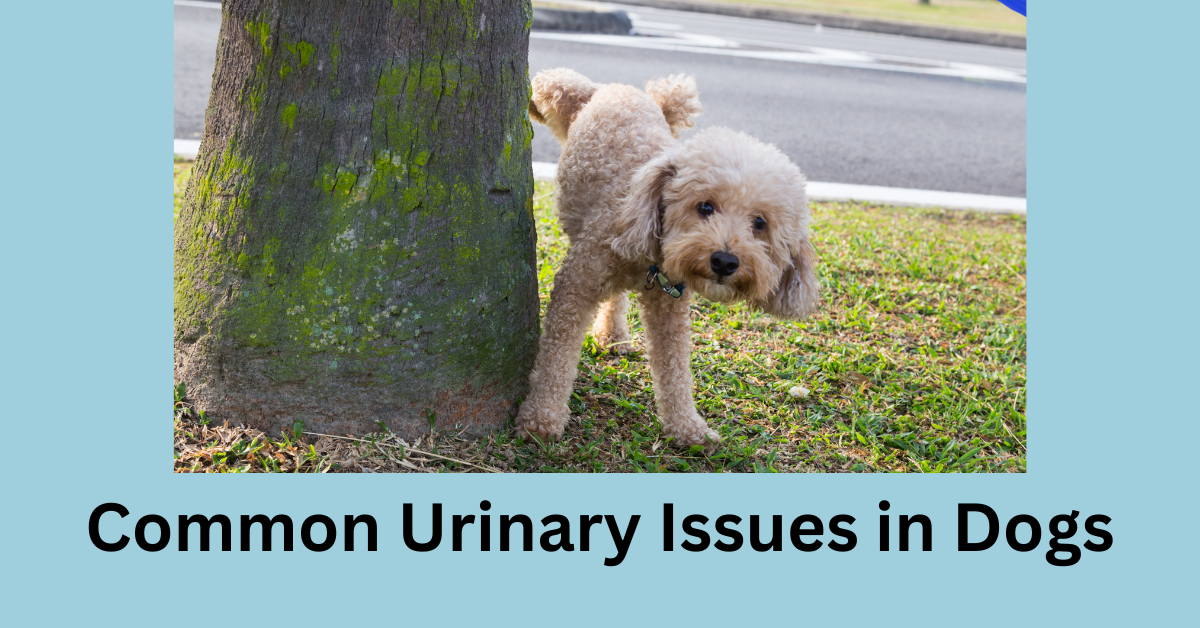In this article, we will enlist and explain dogs’ most common skin conditions. The skin is your dog’s largest organ and performs numerous vital roles in health and well-being. Because it is the largest organ, one of the most common reasons for veterinarian appointments is canine skin diseases, which several medical conditions can cause. Knowing common canine skin disorders can help determine whether your dog has one.
Dog skin symptoms
Dog skin should be silky and free of crusting, inflammation, scales, and discoloration. Skin-problem dogs often exhibit these symptoms:
- Hair loss and thinning
- Scaling and crustiness
- Redness or inflammation
- Discoloration
- Odor
- Itching
- Bumps
- Scale formation
- Greasiness
- Scabbing
Allergies
One of the most prevalent skin disorders in dogs is allergies, whereas Fleas, food, pollen, grass, dust, and mold can cause dog allergies. Many dogs are allergic to chicken and pollen and emit histamine when exposed to allergens, causing acute itching. You can treat allergies with medicines or by avoiding the allergen.
Parasites
External parasites cause several dog skin disorders. Fleas, ticks, and mites plague dogs most. Most skin parasites can be prevented with high-quality products like NexGard®, Bravecto®, Credelio™, or Revolution®.
Fleas live on numerous animals and can release hundreds of eggs per month. Your dog’s fur may have adult fleas or flea filth resembling black specks. Even one flea bite can cause severe itching, hair loss, and self-trauma from scratching in certain dogs.
Ticks can stay on dogs for days while feeding on their blood, which can also be a source of various diseases, so remove them from your dog immediately. we should carefully remove the tick by spinning and rotating slowly, including the head.

Dog Mites
Sarcoptes: Dog-to-dog transmission of Sarcoptes mites is possible, causing extreme itching and hair loss.
Demodex: Demodex mites live under the skin and can be out of control in immunocompromised dogs, such as pups or older dogs with severe ailments. Due to overgrowth, hair loss occurs around the eyes and feet.
Cheyletiella: The white flakes of Cheyletiella mites may or may not cause itching.
Bacterial Skin Infections
Dog skin diseases are also prevalent, and the most common cause is underlying allergies. A dog’s immune system may have additional difficulties, such as allergies or an illness, causing an overgrowth of normal skin germs. Scaly red patches, pustules, or damp skin are signs of bacterial skin diseases.
In addition, Skin infections can also result from non-native germs entering the skin through a minor scrape or puncture. Oral medicines or medicated shampoos are used to treat bacterial skin infections.

Hot spots
Hot spots might appear overnight as wet, red, irritated skin. An underlying allergy produces acute itching, and a dog rubs, scratches, licks, or chews until a hairless wound forms. As a result, it gives a painful response when touching. Treatment includes antibiotics and anti-itch drugs.
Yeast Infections
Yeast infections are caused by the overgrowth of yeast organisms on the skin, which causes a musky odor and itchy skin. Chronic yeast overgrowth can darken the belly, groin, and armpits; black debris may gather at nail bed bases. Oral or topical antifungals treat yeast skin infections.

Ringworm
Unlike its name, ringworm is a fungus that causes circular red inflammation on the body, and hence it is named ringworm. Ringworm in dogs causes hair loss and itchy, scaly skin. It can be Zoonotic, spreading from animals to people. Ringworm is treated with topical and oral antifungals.
Dry Skin
Dry skin and dandruff in dogs can be caused by dry weather, malnutrition, or a metabolic illness. Moisturizing leave-on lotions or oral omega-3 fatty acid supplements treat dry skin
Alopecia
Alopecia, or hair loss, can result from various conditions, including:
Allergies
External parasites
Drug responses/reactions
Skin infections
Genetic disorders
Lower thyroid level
Hyperadrenocorticism
If your dog loses hair without skin infections or parasites, your vet may offer blood tests to test for illnesses.
Skin Cancer
Some skin cancers have visible lumps, while others have more mild symptoms. Your vet should evaluate any non-healing sores or discolored areas on your dog. A biopsy can diagnose skin cancer, which can be treated with surgery, radiation, or chemotherapy.
Autoimmune Disease
Dogs develop autoimmune disorders when their immune systems assault healthy cells and tissue. Autoimmune illnesses are mainly inherited; however, some medication reactions can cause them. Canine autoimmune illnesses, including pemphigus and lupus, cause crusting lesions and hair loss on the nasal bridge and face.
Prednisone or cyclosporine are used to treat autoimmune illnesses in dogs, depending on the ailment. Your vet may also advise against sun exposure.
References:
- Khoshnegah, J., Movassaghi, A. R., & Rad, M. (2013). Survey of dermatological conditions in a population of domestic dogs in Mashhad, northeast of Iran (2007-2011). In Veterinary research forum (Vol. 4, No. 2, p. 99). Faculty of Veterinary Medicine, Urmia University, Urmia, Iran.
- Moriello, K. A. (2003). Zoonotic skin diseases of dogs and cats. Animal health research reviews, 4(2), 157-168.
- Dopierała, M., & Andraszek, K. (2019). The most common allergic diseases in dogs.






3 thoughts on “Top 10 Most Common Skin Conditions in dogs”
Comments are closed.